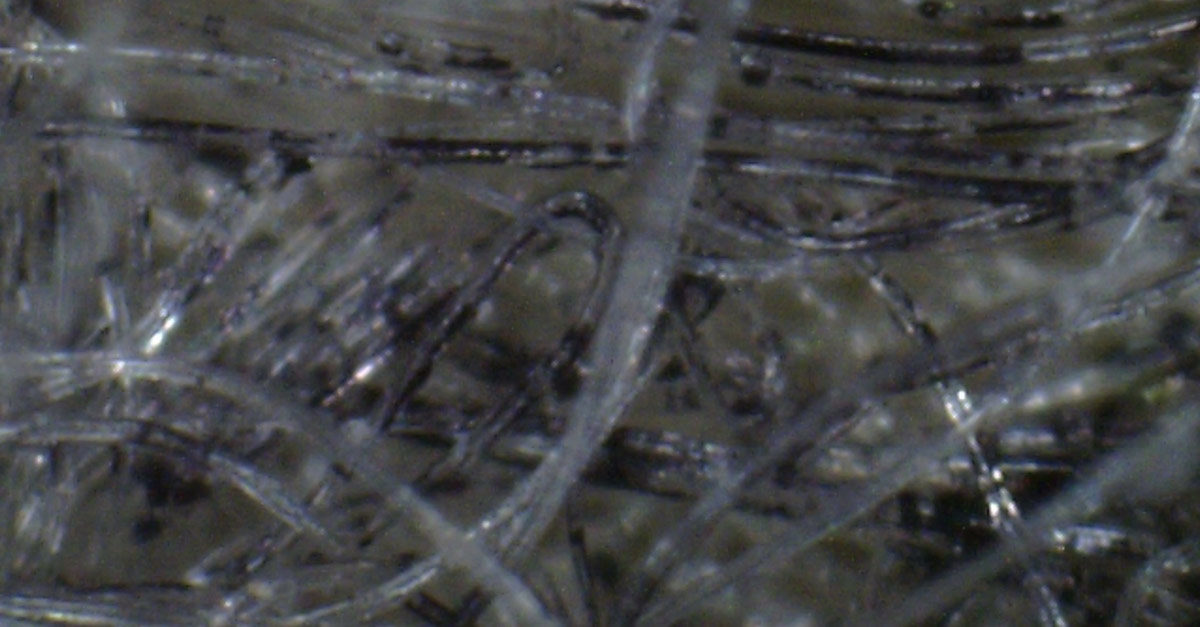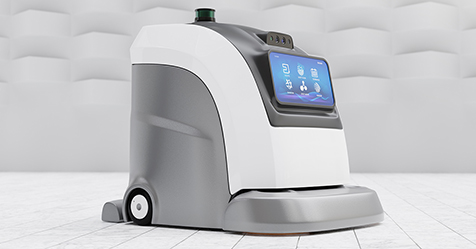All too often, we remove a carpet spot only to find it has reappeared (through wicking) after the carpet has dried. Many would call wicking their greatest challenge when it comes to carpet cleaning. Most would also say they have no guaranteed system to prevent wicking from happening.
What Makes Wicking Spots Different?
Soils that make up the wicking spot collect at the tips of the carpeting tufts, compared to traveling the entire depth of the yarn as in regular spots.
The liquid source of the wicking spot has penetrated the carpet backing, and perhaps even the substrate, making these spots more likely to have moisture readings prior to cleaning. This means we often can identify wicking spots with a moisture meter.
Wicking spots are more likely to occur on hydrophobic fibers, such as polypropylene/olefin, triexta, and polyester. However, nylon fibers are not exempt from wicking.
Transfer the Spot
Since this kind of spot only temporarily disappears with cleaning, one wonders if anything permanently removes it. The answer is: maybe.
Some find limited success with browning treatments and oxidizers. Many manufacturers and suppliers recommend following this treatment up with the application of an encapsulant. However, if the carpet fiber is hydrophobic and there has been an over application of moisture, encapsulants will not work.
After applying the encapsulant, recleaning the carpet with an absorption method will significantly improve success. Press a dry terry towel on the affected area to remove additional moisture or use vertical fans for quicker drying.
Since application of other wet products compromises the overwetting dilemma, the ultimate fix is not to stop the wicking but rather let the spot wick into something else, such as another textile or an insoluble powder. The best textile is an ordinary terry towel that is slightly damp. However, absorbent powders are preferred because damp terry towels need to be weighted down onto the fibers to be effective. If using a terry towel, place it on the spot and place a heavy object on top of the towel. Wait for the towel to absorb the liquid from the spot.
Most carpet cleaning product manufacturers make absorbent powders for this purpose. Apply the powder to the affected area and the spot wicks out of the carpet into the powder. Then remove the powder with dry vacuuming.
Not a Fail-Proof Method
Sometimes stains will reappear after the absorbent compound treatment. However, not all the reappearing spots are the result of wicking. If a spot returns after a few weeks, it is likely due to a sticky residue. A pH meter will determine the sticky residue you are dealing with. Food and beverage sources have pH readings between 3 and 6, detergent residues have pH readings between 8 and 10, oils generally have no contrast in pH from the surrounding carpet.
If you are dealing with too many reoccurring spots, then start leaving an absorbent towel or powder over them to capture the spot. If the post-encapsulation sprays are working, then stay with them. In addition, try minimizing your moisture on hydrophobic fibers. Using less moisture will sometimes involve using products at the higher allowable concentrations, making repeated applications unnecessary.




